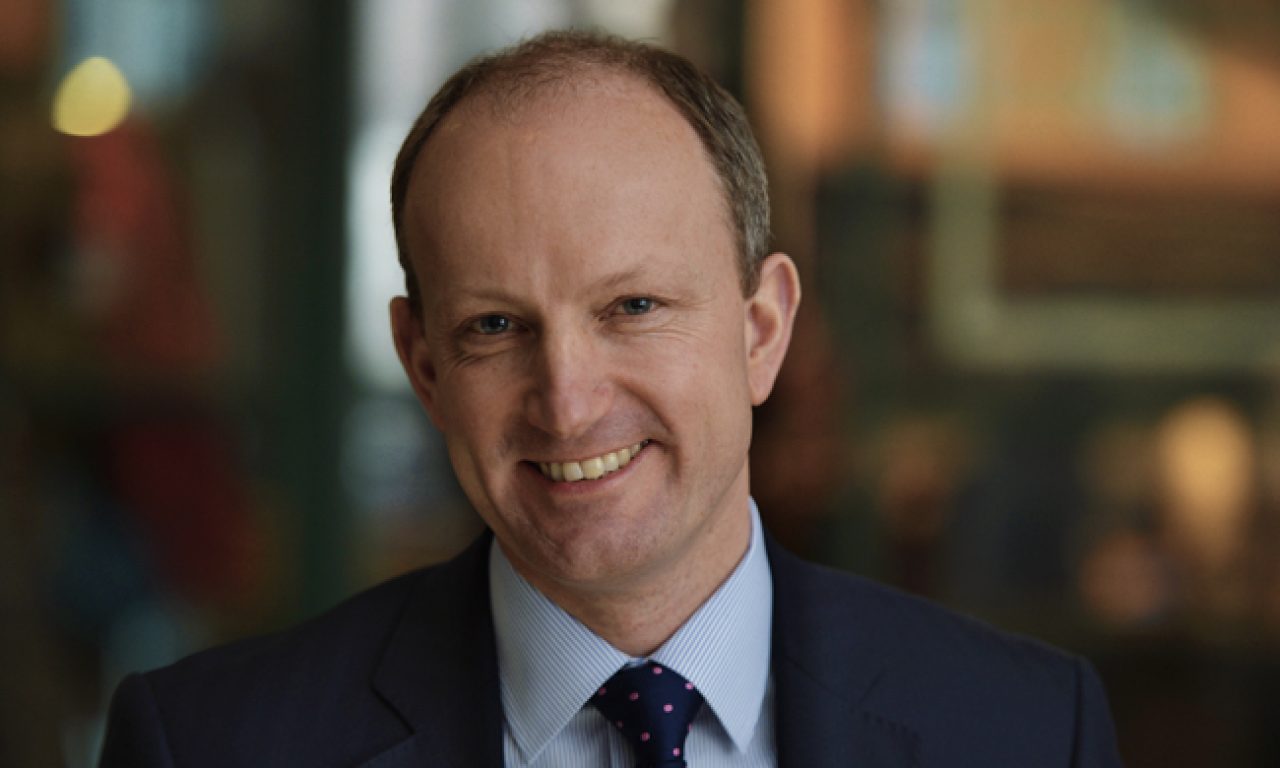by Greg Bright
As the markets get more and more toppy the active-versus- passive, age-old argument, is swinging more toward the active managers. No-one wants to get caught in a bubble of cap-weighted index-hugging indices at the end of the longest bull market in history. So, what do you do?
As an aside, Australia’s main regulator, APRA, should be brought to account over the looming disaster. APRA has, despite its protestations, presided over, or even bullied in, an environment where simple, plain vanilla, low top-line costs are paramount. The institutional part of the industry, led by the not-for-profit funds, know that is nonsense. Maybe we should have a royal commission focussed on our regulators too?
Back to the active/passive argument: Martin Currie, a big global active equities house, last week produced a client note on the benefits of active management in the current environment in which the manager takes a long-term view with active management; not just for the immediate opportunities, which are undoubtedly there. Of course, the firm takes those opportunities, too, as they come along.
Mel Bucher, the client note’s author and co-head of Martin Currie’s global distribution, based in Edinburgh, says: “The rise of cheaper, passive, alternatives with lower risk and more certain outcomes has provided significant competition for funds. The debate that active managers have had with clients though, has often been ill-thought through, petty and still revolving around the dream that all active managers sell, after fees, alpha. Yet, for those with a long-term investment horizon, active managers offer beliefs, services, and relationships that can build genuine long-term partnerships that our passive competitors can’t compete against. As with any services industry, the overall package that the end customers demand needs to evolve.”
There are several differentiators between active and passive managers. There’s the active research-driven process of ‘active’, obviously, versus an index devised by someone else and not always reflective of the intelligent part of the market. And there is the ‘stewardship’ function that active managers offer to their investor clients. There is also the evolving nature of big asset-owner portfolios and processes, which are getting more and more sophisticated.
Mel Bucher says: “Neither should the role of the active manager end with constructing portfolios and delivering alpha. Consultative relationships with clients delivering original thought leadership and advice of how to navigate the financial markets must become part of the fee we earn and our value.
“Active management can provide greater insight, candour and advice on how, where and when clients should deploy their capital. Building partnerships requires trust and managers need to earn the moniker of ‘trusted adviser’. This will require an approach to business management that puts building long-term partnerships at the heart of the business and aligning incentives and activities with a client’s purpose and long-term investment objectives.
“Active management can learn from other industries that have faced periods of disruption – by engaging, listening and innovating. Building long-term partnerships through a more complete value proposition is how active management will increase its value and move the debate away from what it isn’t about – which is price.”
– G.B.
Note: Martin Currie is a sponsor of Investor Strategy News. Any opinions expressed, though, are those of the author and not necessarily those of Martin Currie.

